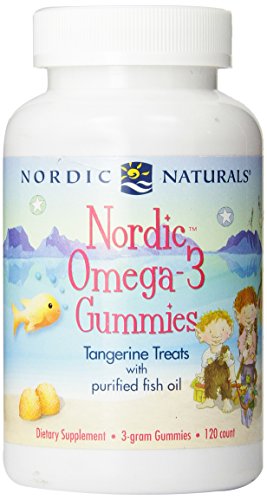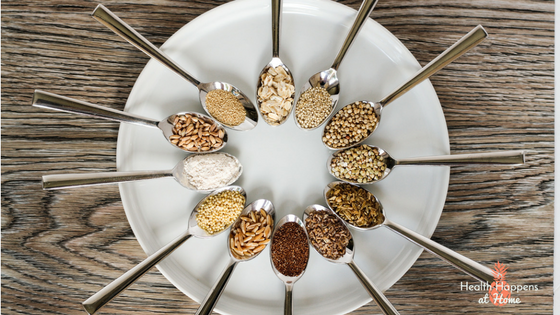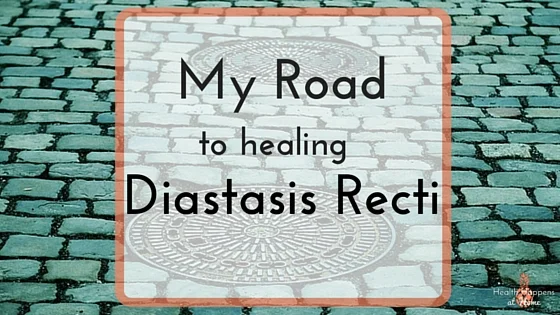The Omega-3 Effect: Everything you Need to Know About the Supernutrient for Living Longer, Happier, and Healthier by William Sears, MD and James Sears, MD.
One of my New Year's resolutions was to read 12 books this year (one per month). I've decided to write reviews of the books here in case you might be interested in these books too.
The Omega - 3 Effect was an easy to read, well-written book. The first section is about William Sears' experiences interviewing Omega-3 experts and researchers. Then he talks about specific disease conditions and the effects (read: benefits) of Omega-3's.
This book highlighted the multitude of recent research on Omega-3's. What a supernutrient! Reading this book has renewed my focus on serving fish to my family twice a week (refer to the meal plan blog post for examples). I also plan to order Nordic Naturals Omega-3 supplements for the kids because they are not eating enough fish yet to get the maximum Omega-3 benefit. My kids are picky eaters, and I am proud of the progress they have made, but most of the nights we have fish, they are only tasting it and not eating the entire serving.
Just a reminder, it is always best to get nutrients from real food (better absorption and no risk of toxicity) or according to your doctor's advice.
Some of my key takeaways from the book:
- Eat more real food and less factory processed food
- Healthy adults should get at least 600 mg of Omega-3 (EPA/DHA) daily
- This is equivalent to about 6 ounces of salmon twice weekly
- `People suffering from a disease or inflammation usually need more Omega-3's than healthy people
- Seafood is a key component of an anti-inflammatory diet (along with smoothies, salads, spices, and supplements).
- Request your Omega-3 profile, specifically a red blood cell membrane Omega-3 level, at your annual check-up with your doctor.
- When reluctant about new fish, try dipping it in teriyaki, hummus, or marinara (or another sauce)
Dr. Sears also includes a Traffic Light Seafood chart on page 186. This chart outlines the fish safe to eat without limit (green light), safe to eat up to 12 ounces per week (yellow light), and likely contaminated fish (red light). Here are some examples:
Green Light: salmon, shrimp, pacific cod
Yellow Light: lobster, carp, orange roughy
Red Light: shark, swordfish, marlin
Get a FREE printable of this chart by subscribing below.
If you are interested in learning more about Omega-3's and the healthy benefits, read this book or consider taking a workshop from me. Contact me to get started.
Remember that Health Happens at Home,
Erin Marie
Affiliate links were included in this post. Thanks for your support.
In my effort to find safe seafood to feed my family and share with you, I've decided to become an affiliate for Vital Choice. They are an amazing company who deliver high quality seafood to your door. They also offer a few other quality items (grass fed beef, supplements, pet treats). If you make a purchase from Vital Choice through these links your price stays the same (actually use code LEANCHOICE and get 10% off your first order) and I get a small commission. Thanks for your support!
Here are a few other Amazon affiliate products you may enjoy:















